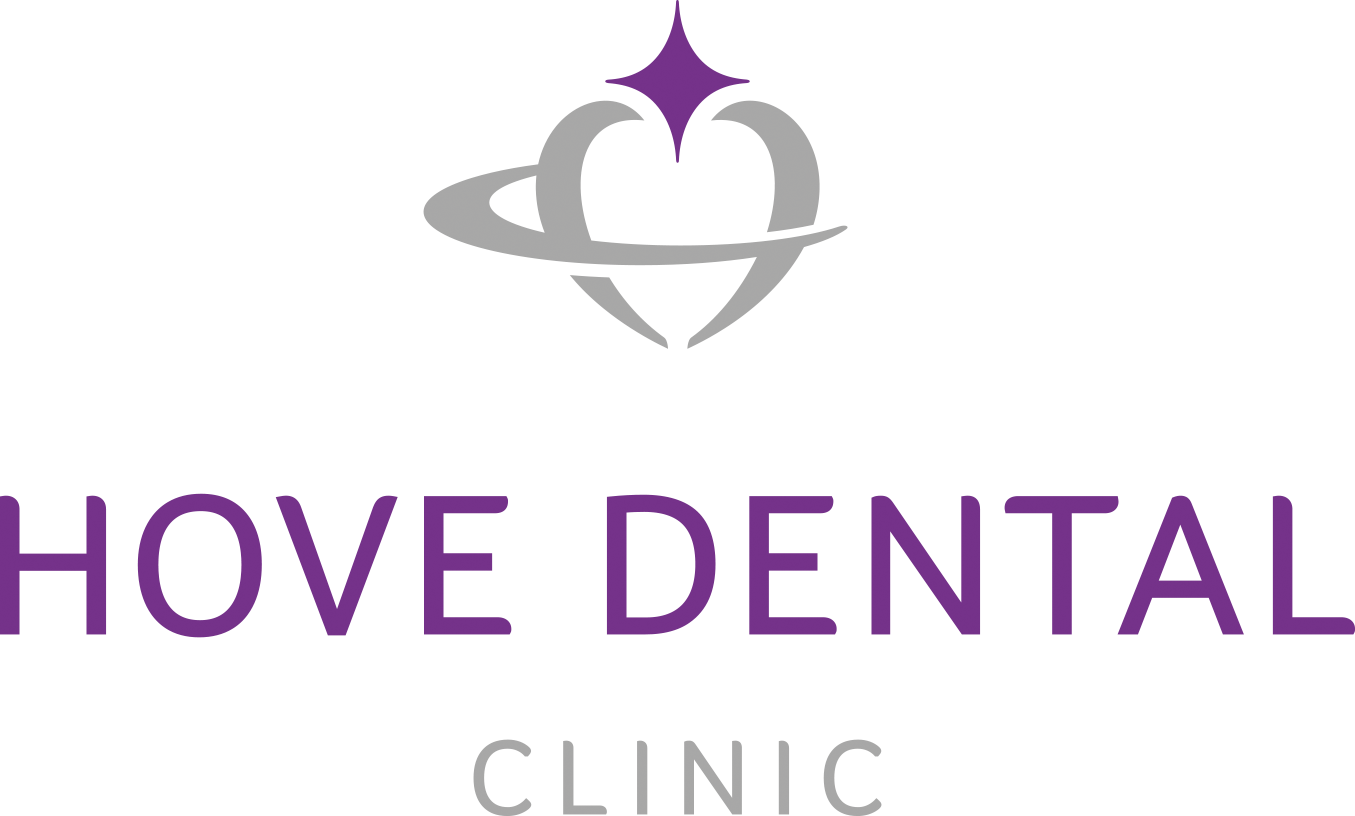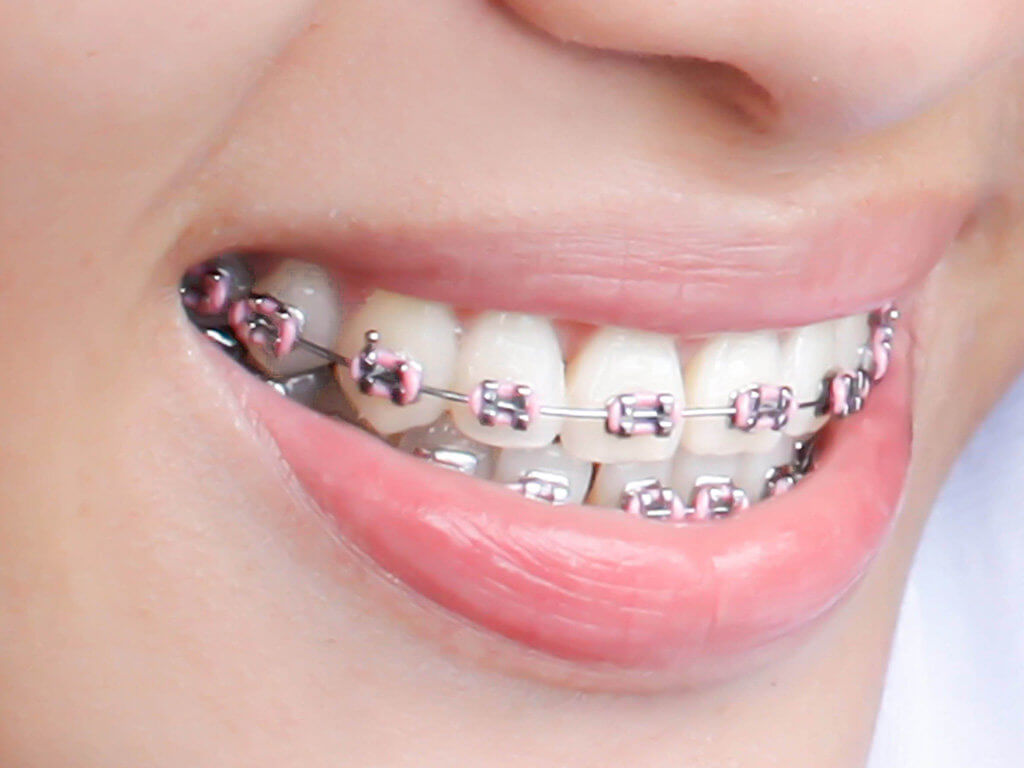
What are dental braces?
Dental braces is the general term given to all kinds of braces attributed to dental and orthodontic practices. They come in a number of different shapes and help to straighten your teeth and fix irregularities that may cause discomfort. Dental braces also provide patients around the world with long-term teeth straightening and have been known to drastically improve the confidence of the wearer and offer impressive, long-lasting results.
What are dental braces made of?
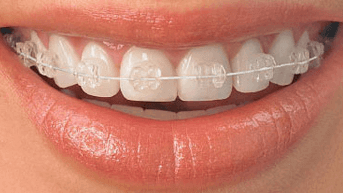
Braces can be made of a variety of materials, not just metal. For example, newer braces, such as Smilelign are made from plastic and are designed to fix small alignment problems. This type of brace is also known as an ‘invisible brace’ due to its clear and transparent design.
Traditional dental braces are predominantly made from metal or ceramic wires, and these braces are commonly referred to as train tracks. Other materials include bonding materials that are responsible for joining the metal wires together in a safe and compact format.
The types of dental braces
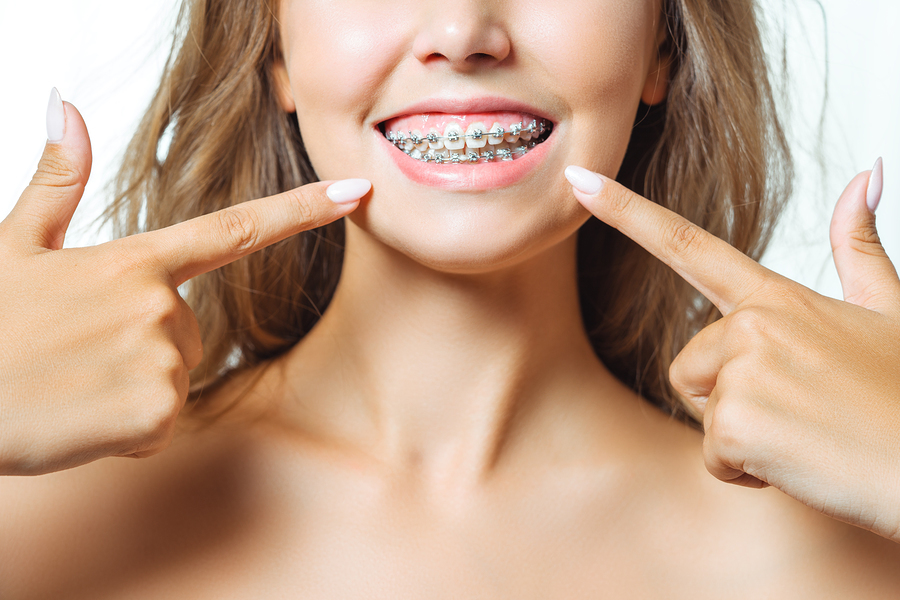
There are various different types of dental braces to choose from. The methods you select will be based on your own personal preferences and advice from your dentist or orthodontist. Take a look at the options we provide at Hove Dental Clinic.
Metal braces (traditional braces)
The most common and trusted brace options. Metal braces have a very high success rate and are the go-to for complex tooth straightening requirements. Metal braces are typically worn for between 10 months and two years, depending on the complexity of the patient’s case.
Metal braces are usually the least expensive option and yield fantastic results. The only ‘downside’ is that they are more noticeable than other clear braces.
Ceramic braces
Ceramic braces follow the same shape and structure as metal braces, the only difference is that they brackets are tooth-coloured or clear to minimise their appearance. Some dentists may even use tooth-coloured wiring to blend in further.
Due to their blending capabilities, they are less noticeable than metal braces. Be mindful that the brackets can stain easily if poor oral hygiene and upkeep occurs.
Lingual braces
Again, lingual braces follow the same metal writing structure at traditional and ceramic braces, but their positioning is what separates them. Lingual braces are fixed to the backs of your teeth, out of immediate sight.
Lingual braces are fantastic for patients requiring a subtle and efficient tooth straightening solution. The only downside is that they are more difficult to clean and they may not be appropriate for patients with complex cases.
Smilelign
Smilelign uses a set of two clear aligners to gently realign the teeth into their desired positions. The aligners are clear and removable, meaning you will be able to remove them when eating and drinking. Smilelign and other similar aligner-based tooth straightening appliances do require regular cleaning to ensure they are able to correctly align your teeth.
The biggest benefit of Smilelign is its discreteness. Ideal for patients who may be self-conscious about the appearance of braces and those who prefer a removable appliance. Be aware that while Smilelign is fantastic at correcting minor problems, it will not be able to treat complex cases. This is something you can discuss with your dentist.

What braces are right for me?
In most cases, patients will be able to choose the type of braces they want. You will work with your dentist or orthodontist to discuss your options before going ahead with treatment. However, bear in mind that if your case is complex, you may not be an appropriate candidate for aligner-based braces. Again, this is something you will be able to discuss with your dentist.
History of dental braces
Ancient Greece to the Romans

The earliest recorded presence of braces, or a form of braces being used, was in ancient Egypt. Evidence suggests that the first teeth straightening appliances used by the Egyptians were made from cord and animal skin. The cord wrapped around the teeth in a similar way to how modern metal braces operate. Thankfully, we no longer use cord and our hygiene and preparation techniques have been significantly modified.
The next stage of orthdonotinc evolution was discovered in Greece around 1000 BC, where Etruscans were believed to use mouth apparatuses to keep teeth in place on dead bodies to ensure the teeth did not collapse inwards after death. Archeologists believe that this procedure was performed so that the body was aptly prepared for the afterlife.
The earliest procedures performed on the living were thought to be carried out by the Romans, with Aulus Cornelius Celsus talking to straightening his patients’ teeth using the force of his hands. He did this by applying pressure at certain result points. While this type of tooth straightening procedure did, apparently, yield satisfactory results, we’re not sure there’s too much evidence to support his techniques in modern dentistry.
However, archaeologists did discover bodies that featured small gold wiring and brackets, suggesting that Celsus did go on to use different and more subtle teeth straightening methods.
Frequently Asked Questions About Dental Braces
Dental implants VS braces, can they be combined?
Dental implants are not designed to straighten teeth, nor are they a viable or appropriate alternative for correcting alignment issues. Dental implants are only used when a tooth or teeth need to be removed due to becoming damaged or as a result of severe decay or infection.
How is dental wax used for braces?
Dental wax has many uses, from protecting your gums from the sharp bits of the brace to creating tooth impressions and castin teeth duplicates and models. Dental wax is typically made from microcrystalline (essentially de-oiled petroleum) but can be created with paraffin as well. If you have suffered a broken or chipped tooth, dental wax can also be used to temporarily cover and protect the affected tooth. However, this is only a temporary measure and you should visit your dentist if you have damaged your tooth por teeth.
What is nitinol and why is it used in dental braces?
Otherwise known as nickel titanium, national is a type of metal alloy that is commonly used in dental and endodontic practices due to its elasticity. Nitinol is an essential alloy that gives braces their ability to shape and correct tooth alignment. This is what’s known as “shape memory”, which allows nitional to slowly reposition teeth and at the same time return to its original form.
Nitinol is perfect for braces due to its elasticity and durable, bendable properties
Questions regarding finance and braces cost
Do dental plans cover braces?
At Hove Dental Clinic, we offer our own private ‘Denplan’ service. The initial consultation is free, and after an initial assessment you will be advised on which category is best suited for you, or if you are already on Denplan with another dental practice, we will arrange for you to be transferred to us.
For more information on joining Denplan, please contact us via the number above.
Does dental insurance cover braces?
In some cases, your insurance may be able to cover dental treatment if the condition is causing you a great deal of discomfort or is severely affecting your quality of life. However, if the braces are for cosmetic reasons (and you only require intervention using treatments such as Invisalign or Smilelign), then it is unlikely your insurance will cover it.
However, you can double check this with your local dentist or with our team at Hove Dental Clinic.
If you have any further questions regarding our treatment plans or financing, please do not hesitate to contact our team today.
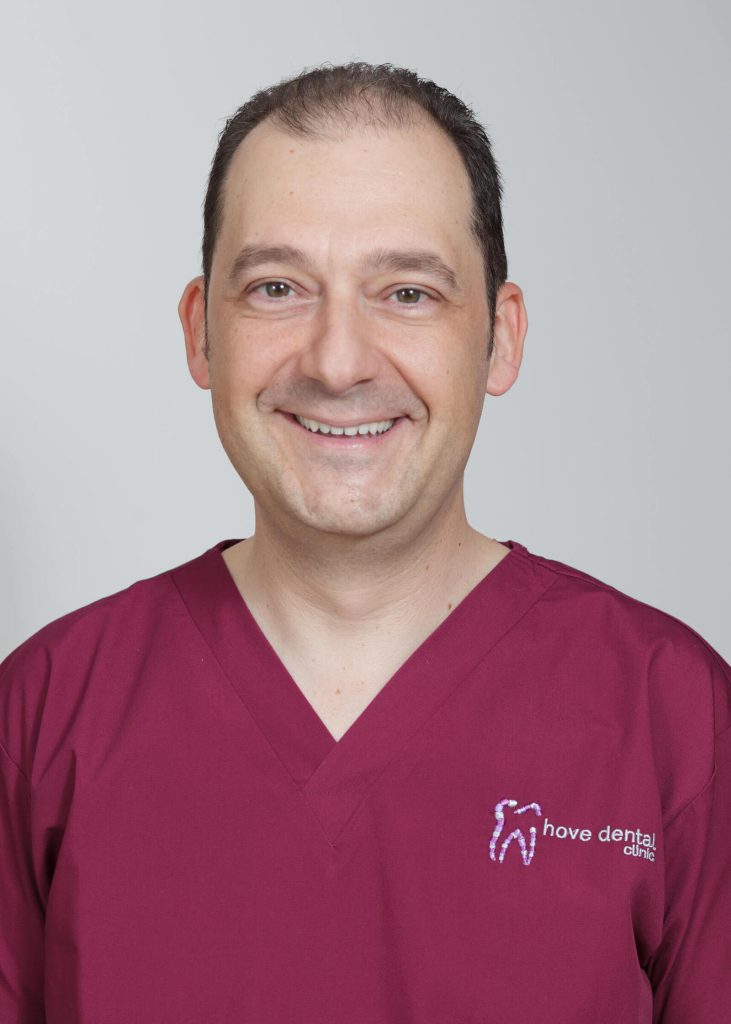
Considering dental braces from Hove Dental Clinic?
Hove Dental Clinic provides patients across Brighton and Hove with exceptional dental treatment as well as flexible finance plans. Our team also places a strong emphasis on nervous patients.
We take time to understand any questions or concerns you may have and explain our braces treatments in detail to ensure you feel comfortable and happy about your treatment plan. After you have agreed a treatment with our team, your journey to a brighter smile begins.
